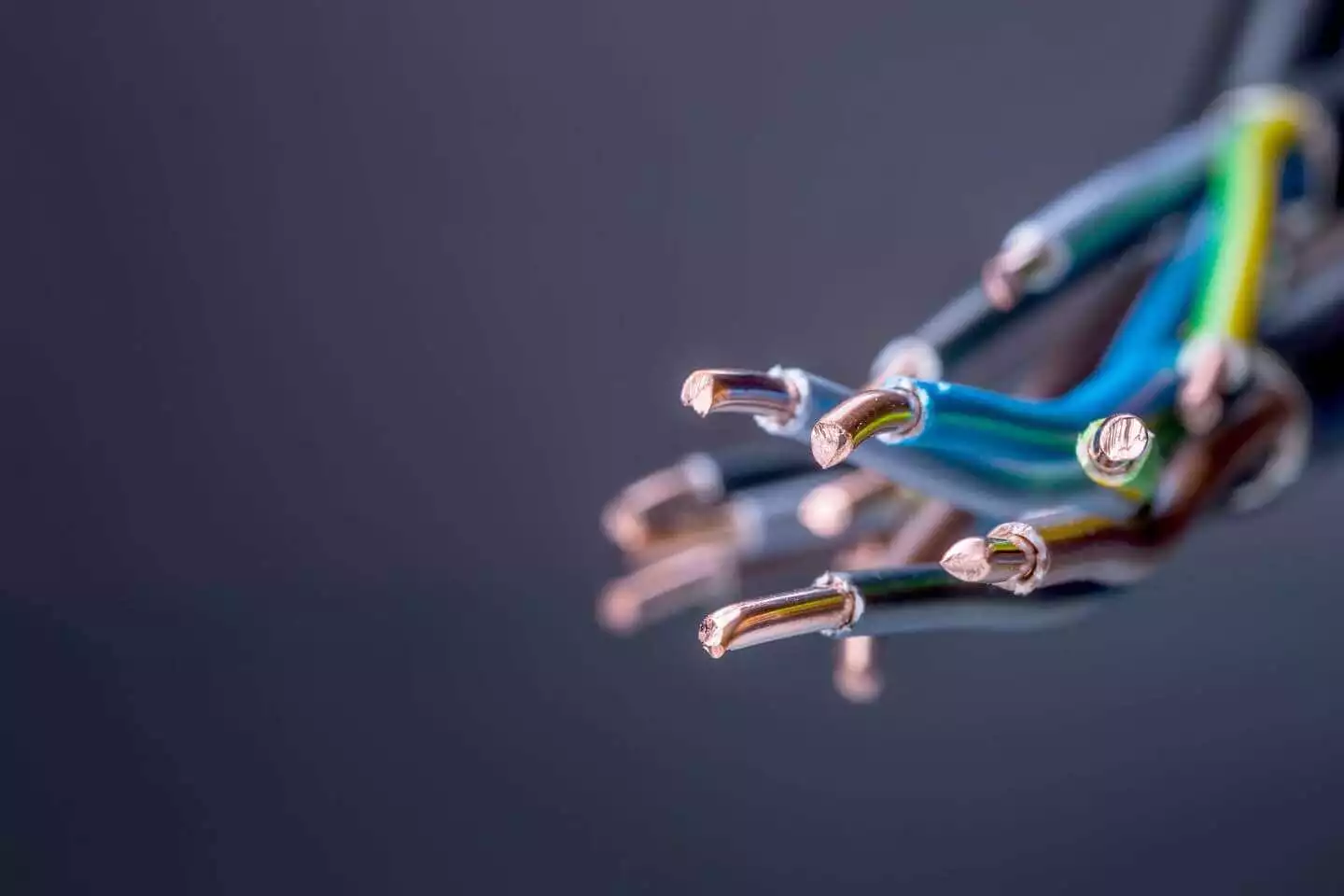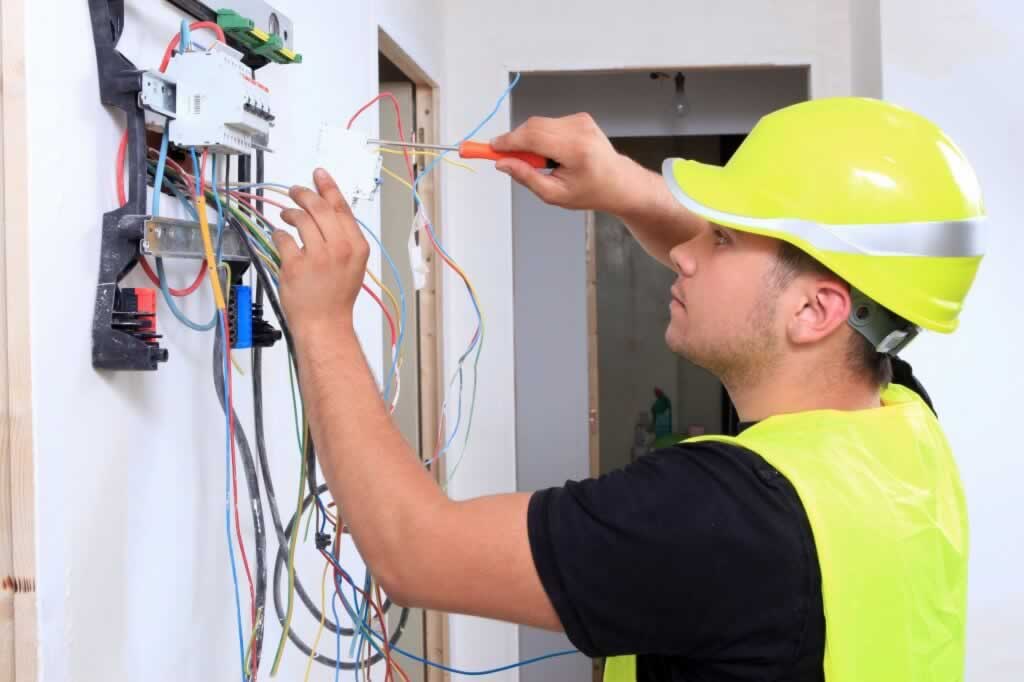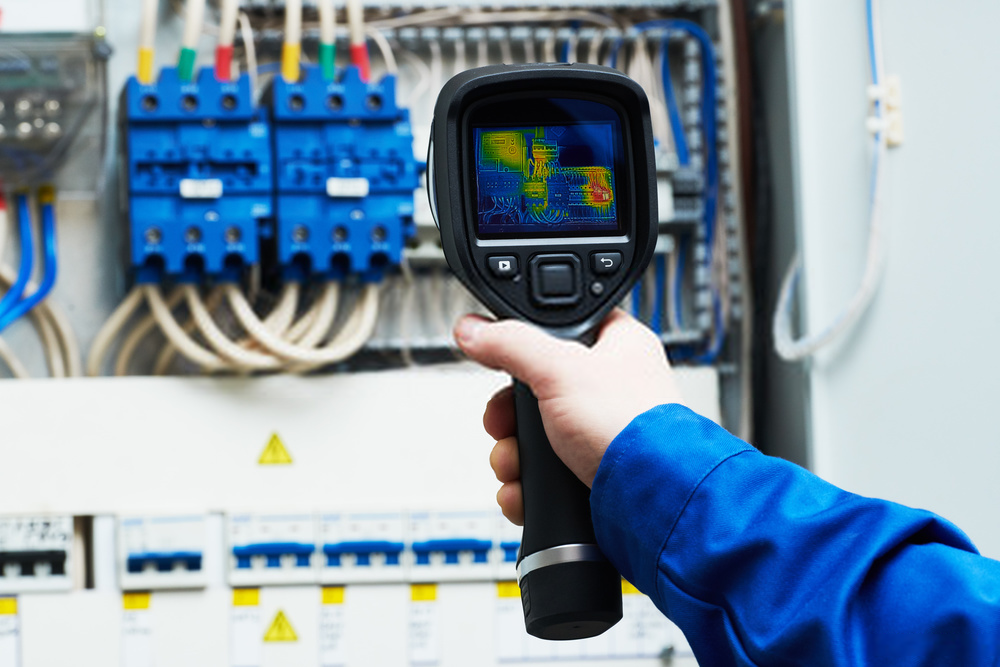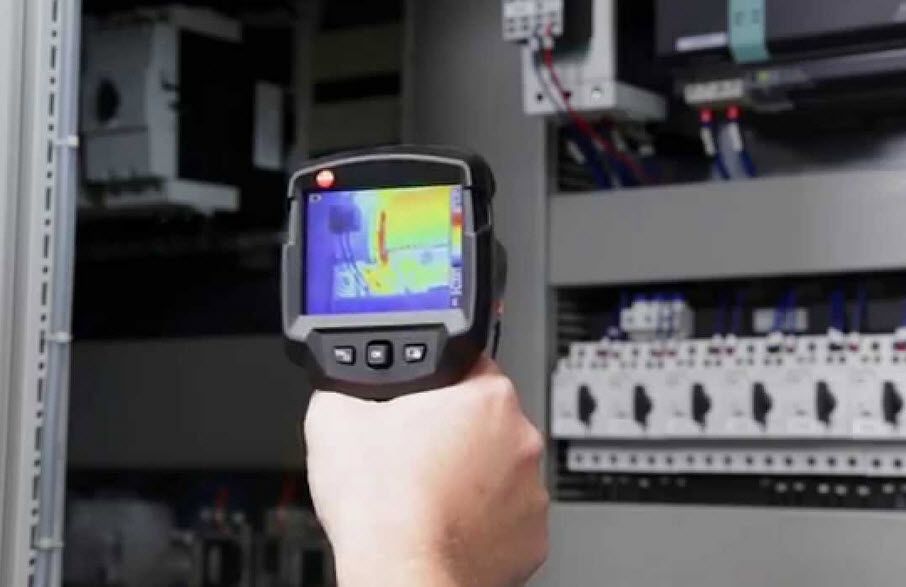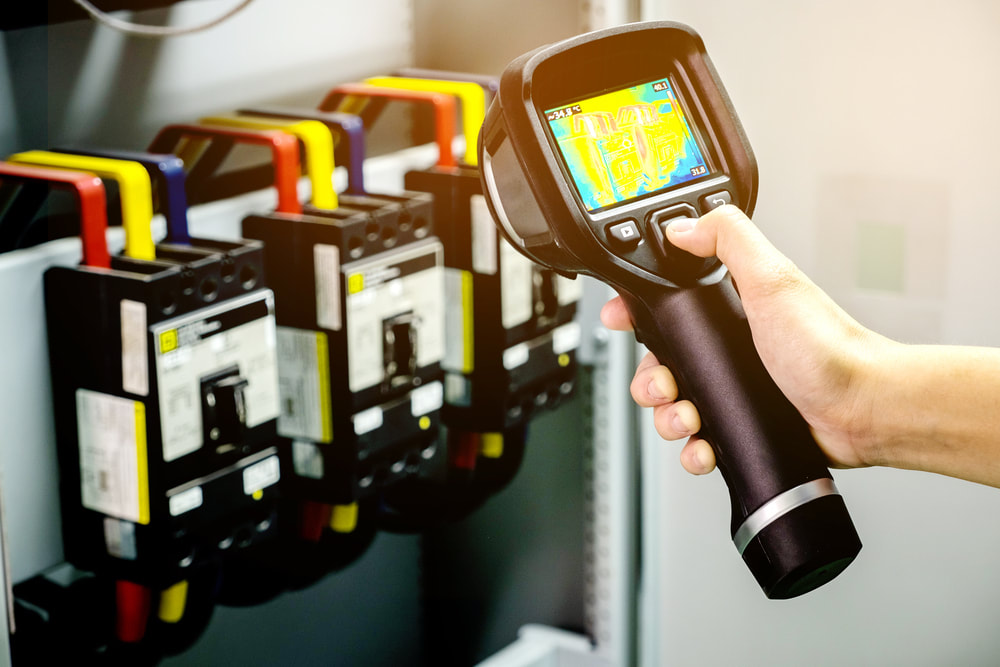In the midst of the energy crisis and the continual push towards sustainable energy sources, an old idea has come to the forefront once again. We’re familiar with the concept of static electricity – who hasn’t shuffled their feet across a carpet and then shocked someone with a touch? Yet, what if we could harness this seemingly trivial force in a meaningful way? Fortunately, there’s a method making waves in the energy community, and it’s closer to home than you might think. I recently stumbled upon a detailed guide on the Tornado Energy Generator which explains exactly how this can be achieved. But before we dive into that, let’s start with the basics.

Content
The Science Behind Static Electricity
Static electricity is essentially the imbalance of positive and negative charges within an object. It’s an age-old phenomenon, understood by our ancestors. Ancient civilizations, in fact, had recognized its power and influence. For instance, the influences of ancient civilizations on modern society can’t be underestimated; they had a profound understanding of natural phenomena which they integrated into their day-to-day lives. Static electricity was one of those phenomena.
Harnessing the Power
So, how do we go from the harmless fun of static shocks to harnessing that power? We need a mechanism to collect and convert that energy. Much like how we’ve learned to slash our battery costs with ingenious methods, there are similar innovations in the world of static electricity.
- Collection: The initial step is to set up an environment where static electricity can be easily produced and collected. This can be achieved through specific materials that encourage the generation of static electricity.
- Storage: Once collected, this energy needs to be stored effectively. Think of this like a battery, albeit a specialized one, that’s designed to capture and hold onto the static charge.
- Conversion: This is where the magic happens. The static charge is then converted into a usable form of energy, like electricity, which can power devices, light up our homes, or even charge our cars.
The Future of Static Energy
We are at the cusp of an energy revolution. With technology advancing rapidly and the world keen on adopting sustainable energy solutions, tools like the Tornado Energy Generator could become commonplace in households. Not only do they offer an affordable and sustainable energy source, but they also provide a chance for us to become less dependent on non-renewable resources.
Moreover, understanding and applying these principles align with our journey to live a more sustainable and efficient life. For instance, if one is looking to eat healthier without burning a hole in the pocket, this guide on how to eat healthy on a budget can be enlightening. Similarly, converting static electricity into usable energy is an efficient and cost-effective method to power our lives.
Conclusion
The potential to transform the way we think about energy is right at our fingertips, quite literally. It’s a combination of revisiting ancient knowledge with modern ingenuity. As we continue to explore unconventional sources of energy and push the boundaries of what’s possible, the promise of a cleaner, greener, and more sustainable future becomes ever clearer. Don’t just take my word for it – dive into the Tornado Energy Generator’s guide and see for yourself the untapped potential that awaits.
Static Electricity: A Source Often Overlooked
When we think of renewable energy sources, we often picture vast fields of solar panels, towering wind turbines, or even intricate hydroelectric dams. Static electricity rarely makes it to the top of that list. Yet, it is all around us, in the friction between our clothes, the brush of a hand against a surface, or even the petting of our cats and dogs. This omnipresent form of energy has been with us since the beginning of time, waiting to be tapped into and used effectively.
The Environmental Impacts of Harnessing Static Energy
Harnessing static energy could offer significant environmental benefits. Unlike burning fossil fuels, which releases carbon dioxide and other harmful pollutants into the atmosphere, collecting static electricity is a clean process. There’s no combustion, no emissions, and no contribution to the greenhouse effect. By shifting even a fraction of our energy needs to static-based sources, we could greatly reduce our carbon footprint and help mitigate the impacts of climate change. Furthermore, this method of energy collection doesn’t require extensive land use or disruption of natural habitats, unlike some other renewable sources.
Challenges and Solutions in Static Energy Conversion
Of course, like all forms of energy, converting static electricity into a usable form has its challenges. The inconsistent and unpredictable nature of static generation means that it can’t yet replace more consistent forms of energy entirely. However, with advances in technology and improved storage solutions, we might overcome these obstacles. Innovative minds are already hard at work devising methods to capture and store static electricity efficiently. As with all things in the realm of science and technology, challenges are but stepping stones to breakthroughs and innovations.

I am Scott Miller and my love is writing about home improvement. I write mostly about home ideas, but also share some tips and tricks that can make your life easier when it comes to getting things done in the house.

